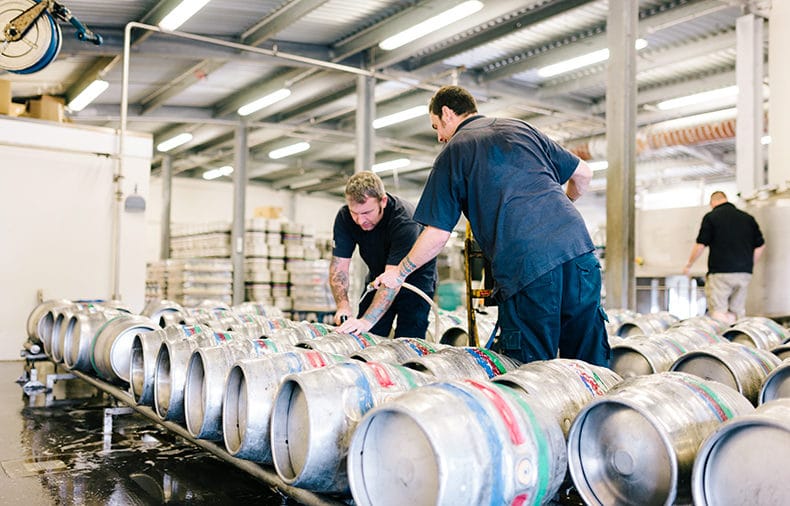Preparing a shipment of alcoholic beverages requires careful preparation and research. The rules and regulations for this matter depend on the origin and destination of the shipment. To successfully make a shipment of alcohol, you must have control over the shipping environment and make sure you are in compliance with state laws and regulations.
The transport and distribution of alcoholic beverages is almost entirely controlled by the states, which often have different laws and regulations. It is critical that you make sure to meet these requirements. Check with both the origin and destination state for the rules that are applicable to your alcohol shipment. A few states do not allow the shipping of alcoholic beverages outside their borders, and many more allow shipments only to licensed wholesalers, or even to state-owned liquor distribution centers. Even if you’re planning to ship a couple of bottles of homemade wine to a relative, it’s wise to be cautious and double check the shipping laws in the origin and destination states before shipping any alcoholic beverages. Buying alcoholic beverages from another country requires dealing with U.S. customs authorities. If you are importing alcohol for resale, you will need a Federal Alcohol Administration permit; if the shipment is for your personal use, you may still have to pay import taxes and duties.
In most states, shipping alcohol directly from the manufacturer to the consumer is prohibited. Depending on the origin and destination, alcohol shipments may be reciprocal (you are allowed to send and receive), limited, or illegal. It is even a felony in some states to send or receive alcohol.
Some types of alcoholic beverages are more difficult to transport than others. Hard liquor and beer are relatively easy to transport, as they are typically packaged in durable containers designed to protect them during transport, and are well sealed. Wine is the most difficult to transport, particularly vintage wines that are easily disturbed.
Make sure that your service provider provides adequate control over these variables:
- Temperature – Should be between 55-65 degrees Fahrenheit, and temperature swings should not be more than 5 degrees. Elevated temperatures can cause drying out of wine corks and damaging oxidation.
- Light – Wine should be kept away from sunlight, which can accelerate the oxidation process.
- Humidity – Around 70 percent is ideal. This ensures that the cork does not dry out and allow air to leak into the bottle, which results in contamination.
- Vibration – This is unavoidable during transport, but should be kept to tolerable levels. Excessive vibration can cause damage to bottles and stirs up sediment, so use abundant cushioning material and allow bottles to sit for a few weeks after they arrive at their destination.




